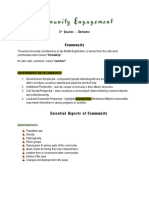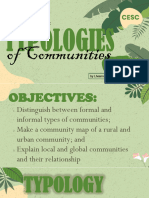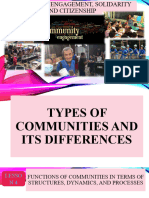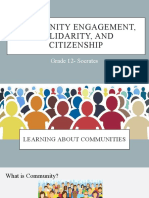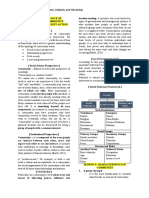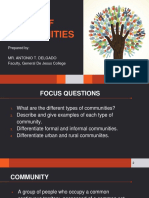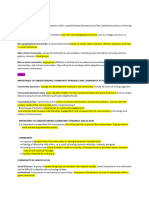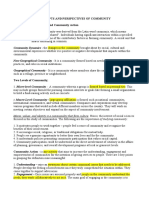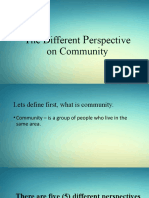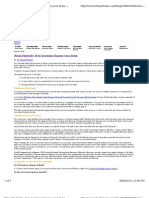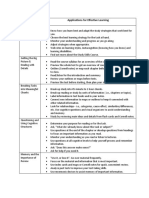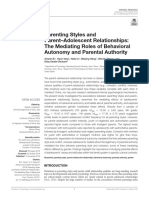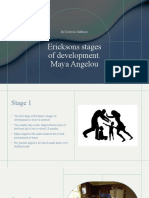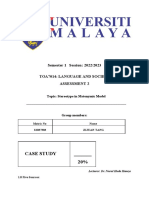0% found this document useful (0 votes)
46 views8 pagesTypologies in Community
The document discusses different typologies of communities including formal vs informal communities and local vs global communities. It also discusses functions of communities such as production, socialization, social control, social participation, and mutual support.
Uploaded by
GL M. SantiagoCopyright
© © All Rights Reserved
We take content rights seriously. If you suspect this is your content, claim it here.
Available Formats
Download as PDF, TXT or read online on Scribd
0% found this document useful (0 votes)
46 views8 pagesTypologies in Community
The document discusses different typologies of communities including formal vs informal communities and local vs global communities. It also discusses functions of communities such as production, socialization, social control, social participation, and mutual support.
Uploaded by
GL M. SantiagoCopyright
© © All Rights Reserved
We take content rights seriously. If you suspect this is your content, claim it here.
Available Formats
Download as PDF, TXT or read online on Scribd
/ 8









